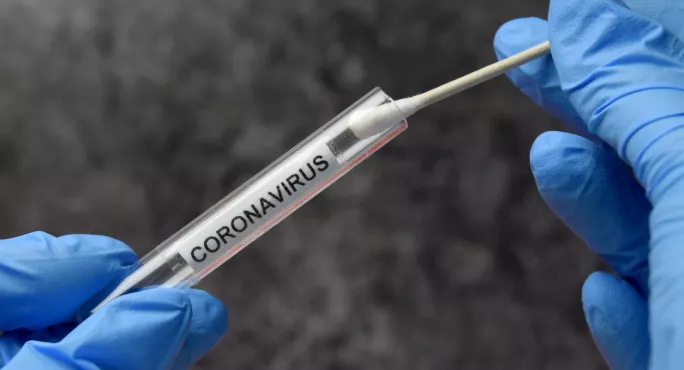- Home
- September schools reopening: a guide to Test and Trace
September schools reopening: a guide to Test and Trace

The guidance for school reopening in September makes it clear that Test and Trace is key to all schools successfully reopening in the new academic year.
But what do schools need to know about the system, and what can you do to ensure that you are following the guidelines?
What is Test and Trace?
The government’s coronavirus guidance describes the NHS Test and Trace service as serving two purposes: ensuring the quick testing of those with Covid-19 symptoms; and tracing close recent contacts of those who test positive for Covid-19 to inform them to self-isolate.
How to use PPE in schools
What do you do if you come into contact with someone who has tested positive for Covid-19?
The current advice is to self-isolate for 14 days, and if symptoms occur, to get a Covid-19 test.
If you test negative, you must continue to self-isolate for the rest of the 14 days. If you test positive, then you must self-isolate for seven days from the day symptoms appeared.
You must also share your contacts with the Test and Trace service, who will advise others what to do. There are more details here.
Read more:
- Coronavirus: The science behind school reopening plans
- Covid-19: What is the most infectious place in a school?
- Reopening schools: what does ‘safe’ actually mean?
What do you do if a member of staff develops coronavirus symptoms?
The current advice is to self-isolate for seven days, and other members of your household for 14 days from the day your symptoms first appeared.
You should book to be tested for Covid-19 using this link: www.nhs.uk/coronavirus. If you test negative, then you and your household no longer need to self-isolate. If you test positive, then Test and Trace will contact you with what steps to take next.
Engaging with the Test and Trace system is described as an “essential measure” in the latest guidance release. But what will that look like in practical terms?
What does Test and Trace mean for school staff?
In order to control an outbreak of Covid-19 in the school community, all school staff must engage with the above Test and Trace process.
Schools have a responsibility to ensure that all staff understand Test and Trace, and know how to contact Public Health England (PHE) health protection teams.
Staff and students must be willing to book Covid-19 tests if they develop symptoms, and must be sent home to self-isolate if they develop symptoms in school.
School staff must inform the school in the event of a positive Covid-19 test.
The PHE health protection team will contact schools if they become aware that someone who tested positive for Covid-19 has attended the school.
The team will give guidance on who has to isolate following close contact with the infected person.
Close contact includes: face-to-face contact within 1 metre for any length of time; proximity contact between 1-2 metres for more than 15 minutes; and travelling in a small vehicle with an infected person. You can read more here.
Test and trace for students
Students must be willing to book Covid-19 tests if they develop symptoms, and must be sent home to self-isolate if they develop symptoms in school.
Parents and carers must inform the school in the event of a member of a student’s household’s testing positive for Covid-19.
When will a school have to close?
The guidance to schools makes it clear that school closures will only be decided by the PHE health protection team.
“If schools have two or more confirmed cases within 14 days, or an overall rise in sickness absence where coronavirus (Covid-19) is suspected, they may have an outbreak, and must continue to work with their local health protection team who will be able to advise if additional action is required.
“In some cases, health protection teams may recommend that a larger number of other pupils self-isolate at home as a precautionary measure - perhaps the whole site or year group. If schools are implementing controls from this list, addressing the risks they have identified and therefore reducing transmission risks, whole-school closure based on cases within the school will not generally be necessary, and should not be considered except on the advice of health protection teams.”
The guidance also states that it may be necessary to dispatch a mobile testing team.
“Where an outbreak in a school is confirmed, a mobile testing unit may be dispatched to test others who may have been in contact with the person who has tested positive. Testing will first focus on the person’s class, followed by their year group, then the whole school if necessary, in line with routine public health outbreak control practice.”
Keep reading for just £1 per month
You've reached your limit of free articles this month. Subscribe for £1 per month for three months and get:
- Unlimited access to all Tes magazine content
- Exclusive subscriber-only stories
- Award-winning email newsletters



